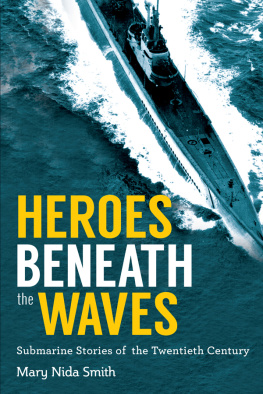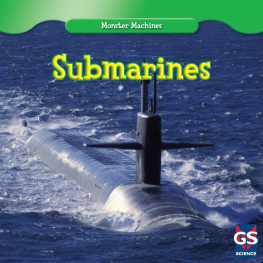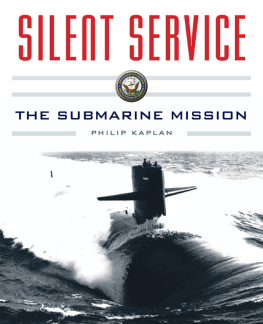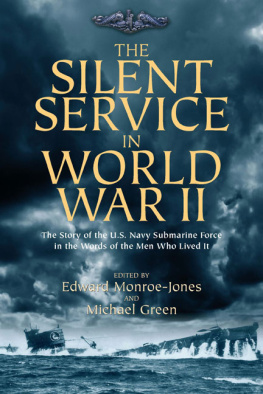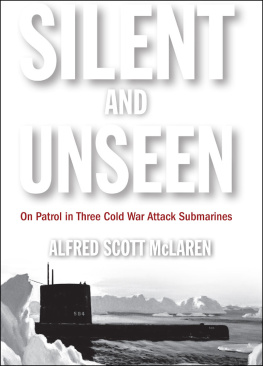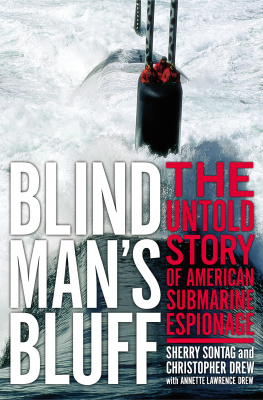Copyright 2015 by Mary Nida Smith
All rights reserved. No part of this book may be reproduced in any manner without the express written consent of the publisher, except in the case of brief excerpts in critical reviews or articles. All inquiries should be addressed to Skyhorse Publishing, 307 West 36th Street, 11th Floor, New York, NY 10018.
Skyhorse Publishing books may be purchased in bulk at special discounts for sales promotion, corporate gifts, fund-raising, or educational purposes. Special editions can also be created to specifications. For details, contact the Special Sales Department, Skyhorse Publishing, 307 West 36th Street, 11th Floor, New York, NY 10018 or .
Skyhorse and Skyhorse Publishing are registered trademarks of Skyhorse Publishing, Inc., a Delaware corporation.
Visit our website at www.skyhorsepublishing.com.
10 9 8 7 6 5 4 3 2 1
Library of Congress Cataloging-in-Publication Data is available on file.
Cover design by Qualcom
Print ISBN: 978-1-63450-512-3
Ebook ISBN: 978-1-5107-0046-8
Printed in the United States of America
Dedication
I dedicate this book to my husband, Melvin T. Smith, who served sixteen years in submarines, and to all the submarine veterans who lived and died providing freedom to many countries. I am grateful to the men who shared their stories in my book so that schoolchildren, submarine veterans families, and others would have a greater understanding of what these men endured.
Acknowledgments
God is first in my life, and He has directed me throughout this book.
Thank you to Cynthia Esty for taking me to the Ozark Writers League meeting in May 2014, where I first met my literary agent, Jeanie Loiacono. When I found out that Jeanie had an opening on her pitch list, I approached her, and she greeted me with open arms. She said shed love to represent my first book, Submarine Stories of World War II . She soon found that Skyhorse Publishing was interested in extending the stories to cover all the wars sinceand thus was born this book, War Beneath the Waves .
Alathea Daniels is knowledgeable regarding electronic format and submissionwhich I was not. She has helped me in the editing process as well as getting this book into the form required.
I want to especially thank the following people for allowing me to use their photos: Mark R. Clary, Robert L. DeVore Sr., Joel Greenberg, Loyal A. Huson, Hank Kudzik, Cliff Kuykendall, Michael K. Mohl, Larry Ofner, Norman Red Stein, Melvin T. Smith, and Robert D. Wilcox. Special credit goes to Jeff Kelly for his photo of the Guardfish (SSN-612) and the Daniel Webster (SSBN-626).
A special thank you to the following veterans: George Arnold, president of the USS Sea Fox SS402 Association; Joel Greenberg, Commander USSVI, Tucson, Arizona Base, and editor of The Open Hatch and Below Decks Log newsletters; and Robert L. DeVore, editor, Polaris, the official publication of U.S. Submarine Veterans of World War II.
Thank you to Kevin Copeland, Commander, Submarine Force Atlantic Public Affairs, and Wanda Kudzik Frecks (daughter of Hank Kudzik).
Some of the stories in this book were published in submarine magazines such as Polaris , the official publication of U.S. Submarine Veterans of World War II, the longest running magazine dedicated to submariners [pronounced sub-marine-ers] of that era. Another publication, American Submariner (published by United States Submarine Veterans Inc.) was formed for men who served after World War II. This group is dedicated to all who have served and still are serving on submarines, protecting our freedoms. Many of the World War II submarine veterans joined this group as their local or state chapters were decommissioned.
Many of these stories written by the submarine veterans were submitted to me. Some are reprinted exactly, and some I have written from compiled information. I am thankful to each of these men. I also thank my husband, Melvin Tolbert Smith, for checking facts and terminology. Between the covers of this book are battle stories that bring to light the sacrifices made in WWII, and also honor those who have carried out their duties since that time. I am deeply grateful to all veterans who have served and are still serving.
I am dedicated to sharing stories of these men who have kept their stories within them for so long. The government may never release all their records, which continue to be kept secret by these men who served in what is known as the Silent Service. Wives, children, grandchildren, and families deserve to understand the personalities of these men and how their experiences affected and continue to affect them.
I am proud to be a sub-vet wife and to have had the privilege of writing and compiling these stories. My hope is that this book will be read not only by military veterans, but by veterans children, grandchildren, and great-grandchildren, and that they will comment, Gosh! My dad (granddad, uncle, brother, friend) did that? He was a hero!
Mary Nida Smith
Table of Contents
Preface
The first submarine used for combat by the United States was the Turtle , a hand-propelled, egg-shaped submersible built for service during the American Revolution. A submarine was also built for service during the Civil War, and many were placed in service at the beginning of the twentieth century, during World War I. Many of these World War I submarines were still in service at the beginning of World War II, but two hundred submarines were built specifically for use in World War II. In the summer of 1944, American shipyards delivered submarines at the rate of six per month.
The standard inside measurements of submarines during World War II were 265 feet in length and twenty-four feet in width. The submarine force consisted of 50,000 men, with 16,000 of them serving inside of the submarines. During the four years after the Japanese attack on Pearl Harbor, fifty-two U.S. submarines were sent to the bottom of the sea. It was on the operating submarines that roughly 18 percent of submariners gave their lives for their country.
Between December 7, 1941, and August 14, 1945, a submarine personnel force of less than 2 percent of the total U.S. Naval combat strength inflicted a staggering 55 percent of Japans maritime lossesbut the victory was costly. They had the highest combat casualty rate of any portion of Americas World War II military.
U.S. submarine prisoners of war (POWs) in World War II comprise a long list of namessome have returned and some have not. These are listed at http://www.subvetpaul.com/POWs.htm, a page that was last updated in 2005. The memory of those U.S. submarines lost in World War II and their men, who are still on Eternal Patrol, will never be forgotten. They are honored at every Submarine Veterans of World War II and USSVI meeting and conference by the ringing of the bells. Fifty-two out of 288 boats were lost, along with more than 374 officers and 3,131 enlisted men. The U.S. submarines took out 1,178 enemy ships (cargo, tanker, and transport)plus 214 naval vessels.
The heroes who fought the battles below the oceans and four seas have for the most part worked unnoticed. Patiently watching and listening, these heroes never cried out, Look at us. We helped win the war! From the American Revolution to the Civil War; to World War I, World War II, Korea, Vietnam, and the Cold War; to todays more modern concerns, U.S. submarines have patrolled and fought for our freedoms. The Submarine Force celebrated their 100 th centennial on October 5, 1999. They continue to be the silent heroes, building their memorials to be part of history and hoping that someday the reminders would cause people to war no more.

